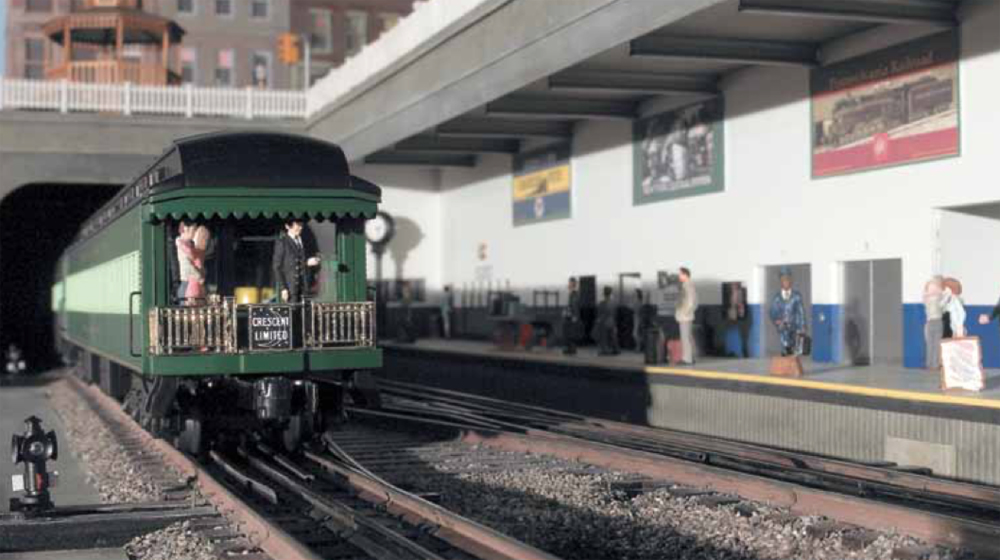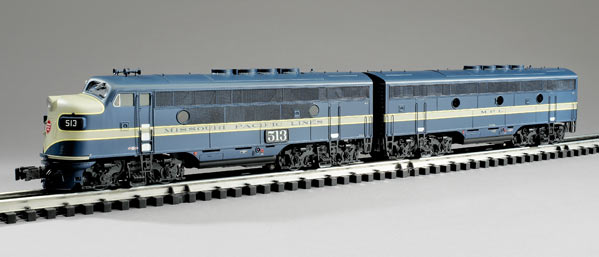
Many years ago I read an article about railroad roundhouses in North Dakota. The article made the point that they were located about every 100 miles because steam locomotives continually shook themselves apart and needed to have maintenance before they could be reused. Well, that made sense of a sort. And since even smaller engine […]
Read More…
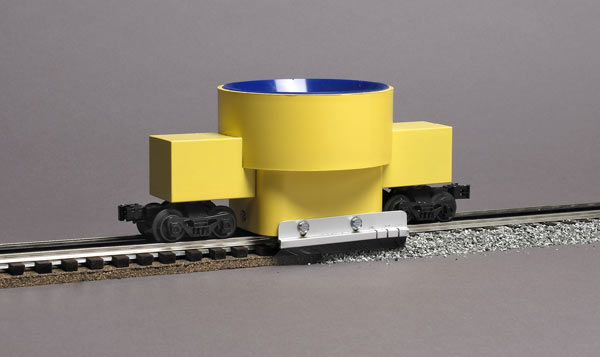
How do you put down ballast on your O gauge railroad? Depending on the scope of the project, I may use either a plastic cup – or a cut-open one-gallon water jug filled with ballast. I pour it down on the track and then use a paintbrush for general shaping and tamping, and maybe an […]
Read More…

Not long ago, businesses that received or generated moderate levels of rail traffic called the local railroad for switching duties. Others had their own switcher. Other firms with less, though steady traffic had another recourse for motive power: the Trackmobile.First developed in the late 1940s, the Trackmobile was a dream come true for firms with […]
Read More…
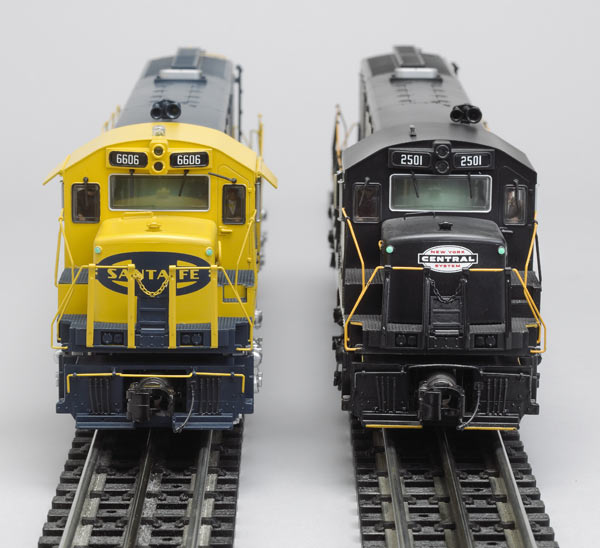
You know I’m not sure if I ever saw a General Electric U25B diesel locomotive operating in revenue service. Oh, back in the day, I have a hazy memory of perhaps seeing one in a backshop deadline, although that may have been another four-axle GE model. But during my prime railfanning period (1978-85), I believe […]
Read More…

Ballast King’s O gauge ballast spreading car is an interesting and really fun way to ballast your railroad’s right-of-way. […]
Read More…

Ballast King’s O gauge ballast spreading car is an interesting and really fun way to ballast your railroad’s right-of-way. […]
Read More…
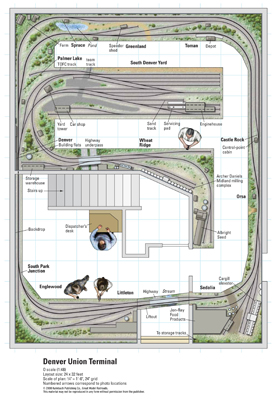
Name: Denver Union Terminal Layout designer: Frank Czubryt Scale: O (1:48) Size: 24 x 32 feet Prototype: freelance Locale: Denver to Palmer Lake, Colo. Period: 1980s to present Style: walk-in Mainline run: 96 feet Minimum radius: 48” Minimum turnout: no. 6 Maximum grade: 1 percent Originally appeared in the Great Model Railroads 2008. Click on […]
Read More…
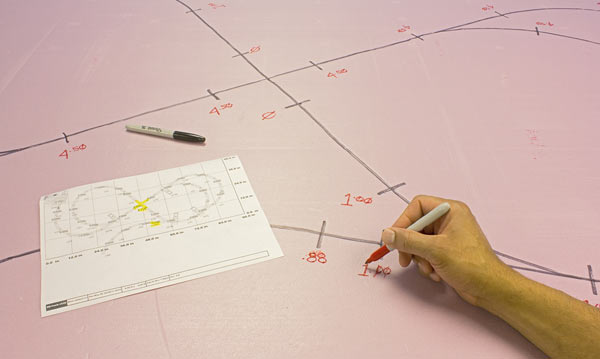
Our preferred method of transferring a track plan to a flat tabletop uses a computer to download and print out the full-scale template of the Readers’ Choice Railroad so we can easily tell how track, accessories, and some scenery elements work on our 4 x 8-foot perimeter. Download the template here. […]
Read More…

The first maxim in train collecting is that a train is worth exactly what someone is willing to pay for it. That said, price guides give some guidelines on current values for trains. In general, the Train Collectors Association has established several categories of condition that help in determining a train’s value: Mint or New […]
Read More…
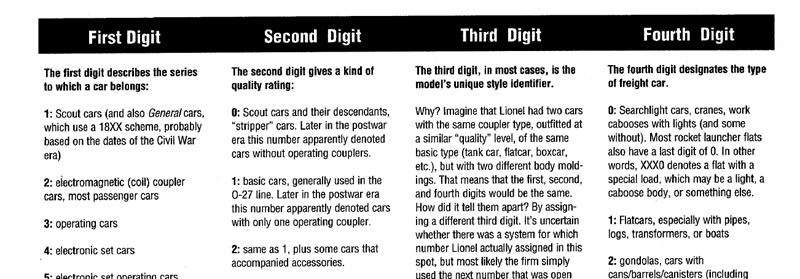
The Lionel Corp. used a four-digit number to identify its postwar rolling stock. In some cases cars also carried a one, two, or three-digit suffix. Though many times cars with the same number exhibit slight differences, or variations, Lionel usually assigned a new number if a car received major changes. While Lionel’s numbering appears haphazard, […]
Read More…
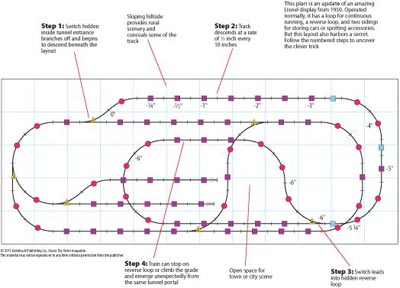
Layout designer: Peter H. Riddle Scale: O Layout size: 5 x 12 feet Track type: Lionel O gauge tubular Minimum curve: O-31 Originally appeared in the February 2009 issue of Classic Toy Trains. Track plan Schematic Parts list Click on the link to download a PDF of this track plan. […]
Read More…





